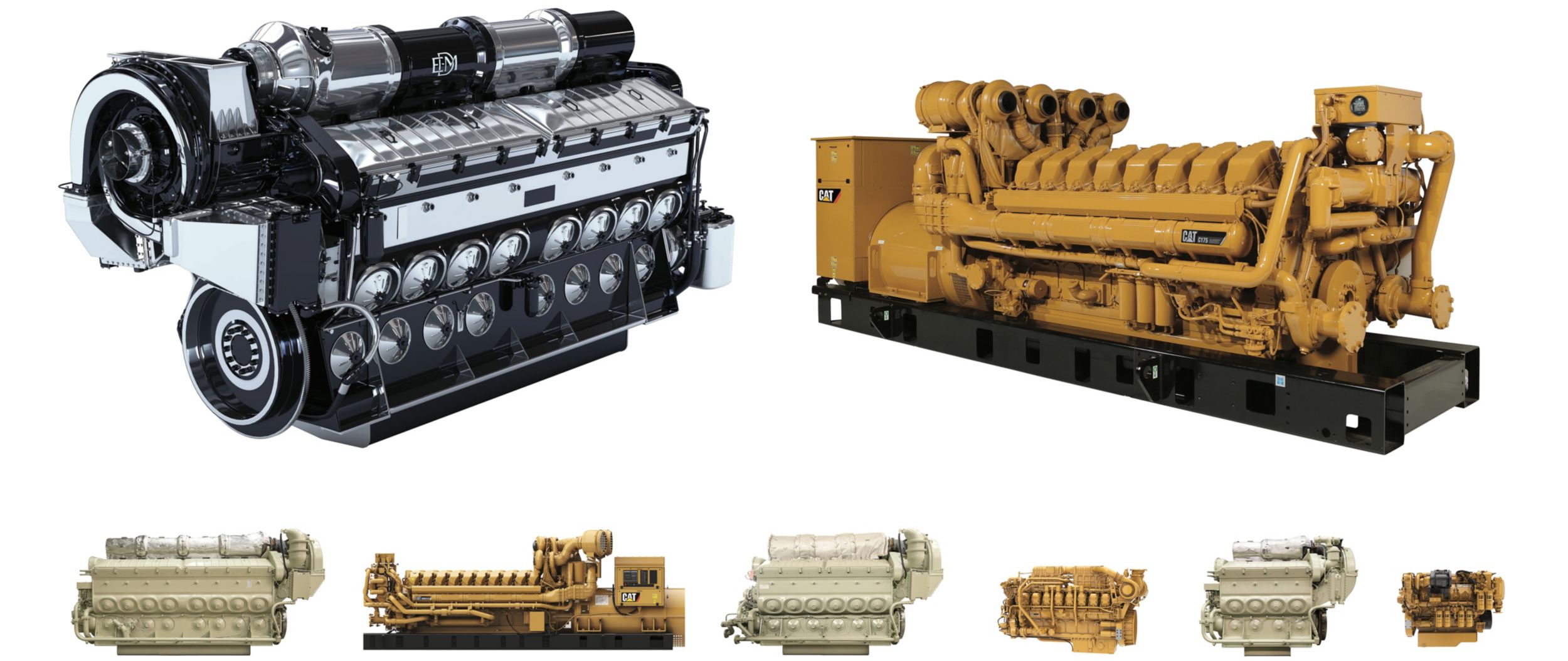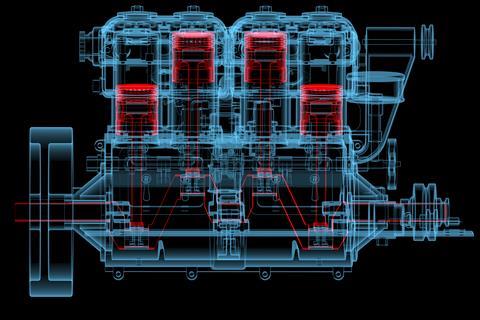Find Engines for Africa Easily at Our Convenient Auto Components Shop
The Pursuit for Ultimate Driving Power: Exploring the Pinnacle of Engine Efficiency and Technological Breakthroughs in the Automotive Field
In the realm of auto engineering, the pursuit of optimum driving power has actually been an unrelenting mission that has actually unravelled with the evolution of engine design and the integration of innovative innovations. From the thorough workmanship of burning engines to the fast advancements in electric propulsion systems, the automotive field stands at the cusp of a brand-new era identified by extraordinary performance capacities. As designers and researchers dig deeper right into the worlds of computational liquid characteristics and explore ingenious fuel innovations, the perspective of opportunities expands significantly. Keep tuned as we unravel the elaborate tapestry of technical advancements that are forming the future of vehicle power and performance.
Development of Engine Style

Furthermore, the integration of turbocharging and supercharging modern technologies has changed engine layout by enhancing power without dramatically increasing engine dimension. These forced induction systems compress the consumption air, allowing for even more gas to be ignited, thereby producing better power result from a smaller sized engine. This improvement has been especially essential in boosting the efficiency of smaller displacement engines while maintaining fuel effectiveness criteria.

Performance-Enhancing Gas Technologies
The implementation of sophisticated fuel innovations has substantially added to boosting engine efficiency in contemporary lorries. Biofuels, obtained from eco-friendly sources like algae, corn, or sugarcane, offer enhanced and lowered discharges engine performance. Additionally, fuel ingredients and detergents are being created to clean engine components, optimize combustion, and lower friction, thus enhancing overall vehicle performance.
Improvements in Electric Propulsion
Substantial strides in electrical propulsion modern technology have transformed the vehicle market, leading the way for a brand-new era of reliable and sustainable transportation. Electric vehicles (EVs) are getting popularity due to their ecological advantages and improvements in battery modern technology, allowing longer driving varieties and shorter charging times. Makers are spending greatly in r & d to enhance the efficiency of electric propulsion systems, concentrating on raising power outcome, improving power efficiency, and lowering general weight.
One remarkable innovation in electrical propulsion is the advancement of advanced electrical motors that supply greater torque and power thickness, leading to enhanced acceleration and general driving performance. Furthermore, regenerative braking systems have been refined to store and catch energy during deceleration, further boosting the efficiency of EVs.
Additionally, the combination of clever modern technologies, such as man-made knowledge and anticipating analytics, is optimizing the click for more monitoring of electrical propulsion systems, making certain optimum performance under various driving problems. These improvements in electrical propulsion are reshaping the automotive landscape, driving the market towards a more lasting and electrified future.
Influence of Computational Fluid Dynamics
With innovations in electric propulsion pressing the borders of automobile modern technology, the combination of Computational Liquid Dynamics is playing an essential role in enhancing wind resistant performance and improving overall effectiveness in lorry design. Computational Liquid Dynamics (CFD) includes using computer simulations to assess the flow of air around a lorry, allowing engineers to anticipate how layout adjustments will impact aerodynamics without the demand for expensive physical prototypes. By precisely modeling airflow patterns, CFD permits the improvement of lorry shapes to reduce drag, improve cooling, and enhance stability.
CFD enables designers to enhance airflow around components such as radiators, engine bays, and wheel wells, adding to enhanced performance and general driving experience. In final you can try here thought, the integration of Computational Fluid Dynamics stands for a considerable step onward in the mission for utmost driving power and effectiveness in the auto sector.
Future Trends in Engine Innovation
In the vibrant landscape of vehicle engineering, innovative advancements are forming the future trajectory of engine development. The future of engine layout is marked by a solid focus on sustainability, efficiency, and efficiency. Suppliers are progressively focusing on creating engines that not just supply high power results yet also prioritize environmental obligation by minimizing discharges and enhancing fuel effectiveness.
One popular pattern in engine advancement is the rise of electrification. Hybrid and electrical powertrains are gaining traction as sensible options to conventional combustion engines. These modern technologies offer the possibility for significant decreases in carbon emissions and increased power effectiveness, aligning with international efforts to combat environment change.
In addition, innovations in materials science and manufacturing strategies are enabling the manufacturing of lighter and a lot more long lasting engine parts. This change in the direction of lightweight products such as carbon fiber and light weight aluminum alloys contributes to improved efficiency and fuel economic situation.
Verdict
Finally, the pursuit of utmost driving power in the auto sector remains to drive innovations in engine design, fuel innovations, electrical propulsion, and computational fluid dynamics. The development of these innovations is shaping the future of engine innovation, paving the way for more efficient and effective automobiles (engines for africa). As the sector remains to press the borders of what is possible, we can anticipate to see even extra revolutionary developments in the mission click for info for peak performance
One of the crucial landmarks in engine design evolution is the change from traditional carbureted engines to modern-day fuel-injected systems. By specifically metering the fuel delivery to each cylinder, fuel-injected engines optimize combustion, resulting in better performance and decreased environmental impact.
Furthermore, the combination of turbocharging and supercharging modern technologies has changed engine layout by improving power without substantially increasing engine size (engines for africa).The implementation of advanced fuel modern technologies has significantly added to improving engine efficiency in contemporary cars. In addition, gas additives and cleaning agents are being developed to clean engine parts, optimize combustion, and lower rubbing, therefore enhancing total lorry efficiency